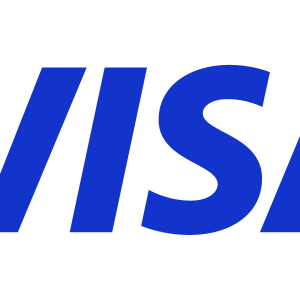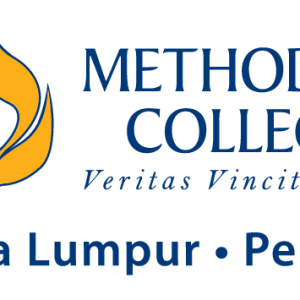
By Elizabeth Wasunna, General Manager, AAR Healthcare Kenya
Every year, many children fall behind academically because of illnesses that could have been prevented. Diseases such as typhoid, cholera, and pneumonia have become silent barriers to learning, keeping children out of classrooms for days, disrupting families’ routines, and forcing parents to spend scarce resources on treatments.
These diseases are entirely preventable, yet they remain some of the greatest barriers to education for many children. Good health is the foundation of learning, and vaccination is one of the most powerful and cost-effective tools we have to secure that foundation.
But what makes vaccines remarkable – the scientific process that triggers the body’s natural defences to fight disease. When a child receives a vaccine, their immune system is exposed to a weakened or inactivated form of a pathogen, such as the bacteria that cause typhoid or cholera. This exposure trains the body to identify and destroy the pathogen if it encounters it in the future.
For example, the typhoid conjugate vaccine (TCV) protects against typhoid fever, a waterborne disease that spreads through contaminated food and water, severely affecting communities with limited access to sanitation. Similarly, the oral cholera vaccine (OCV) prevents cholera outbreaks, particularly in flood-prone or overcrowded areas, where the disease spreads rapidly and threatens entire classrooms and households.
Vaccines, however, do more than protect individuals. They also create what is called “herd immunity” a critical public health benefit achieved when a large portion of a population is vaccinated, reducing the overall opportunity for diseases to spread.
Herd immunity is particularly important in schools, where children interact closely for extended periods, making them highly vulnerable to infectious disease outbreaks. By reducing the likelihood of illness, vaccination ensures healthier classrooms where teachers can focus on learning.
Hence, failing to act comes at a high cost. Absenteeism caused by preventable illnesses is one of the many drivers of poor academic performance and school dropouts. As many families, especially those in low-income or rural areas are forced to make tough financial choices when a child falls ill, redirecting resources toward medical care instead of education.
Over the last few years, Kenya has demonstrated how integrating health interventions into education systems can deliver widespread benefits. The National School-Based Deworming Program is a standout example. By delivering deworming medication to millions of children through schools, Kenya significantly improved attendance and academic performance in underserved communities.
Expanding this approach to include routine vaccinations for typhoid, cholera, and pneumonia could build on this success, ensuring that children in even the most vulnerable regions have access to life-saving vaccines.
In 2019, the HPV vaccine rollout, aimed to protect adolescent girls from cervical cancer, successfully leveraged school-based delivery systems to reach thousands of students.
These kinds of programs demonstrated how coordinated efforts across public health and education sectors can drive transformative outcomes both for children and their communities. They also align with Kenya’s Vision 2030 strategy, which highlights public health and equitable education as key pillars of development.
By prioritizing school-based vaccination programs, we’re not only protecting children’s health but also guaranteeing their ability to stay in school, thrive academically, and build a better future for themselves and their communities.
As a healthcare provider, we are deeply committed to this mission. Our role goes beyond treating illness to focus on preventive care that empowers families and strengthens communities.
From partnering with schools to enable vaccination drives, to educating parents and local leaders about the importance and safety of vaccines, we aim to address barriers that keep children out of classrooms.






